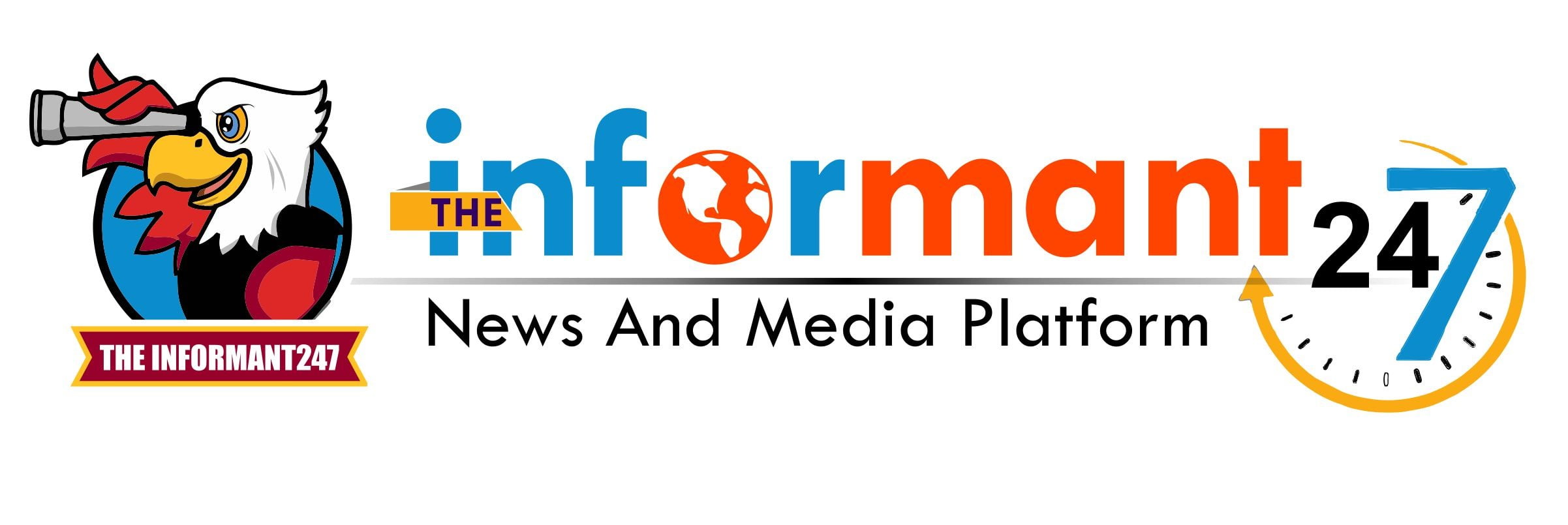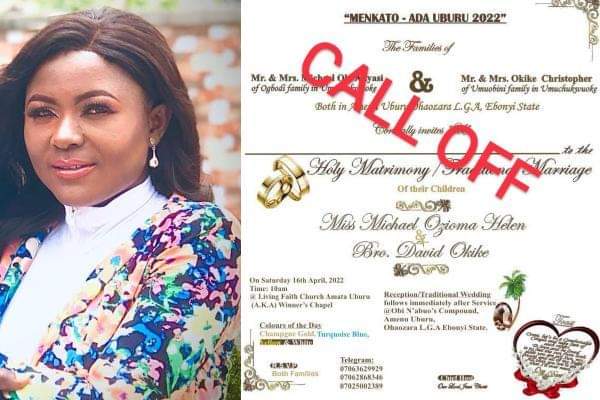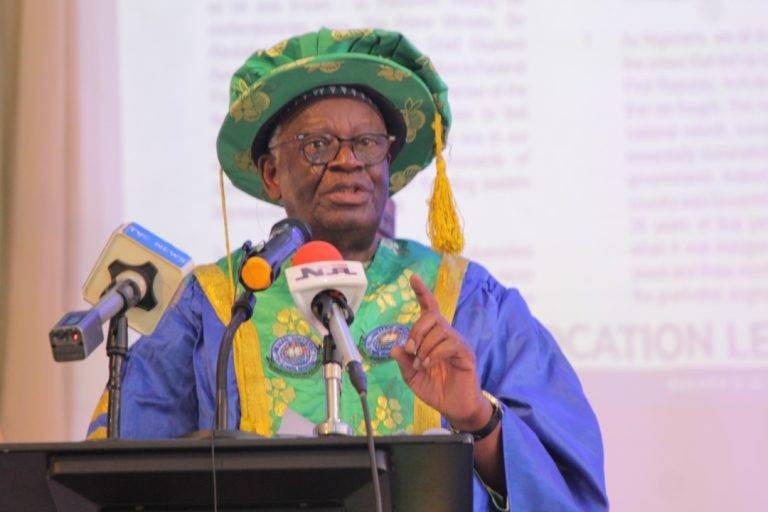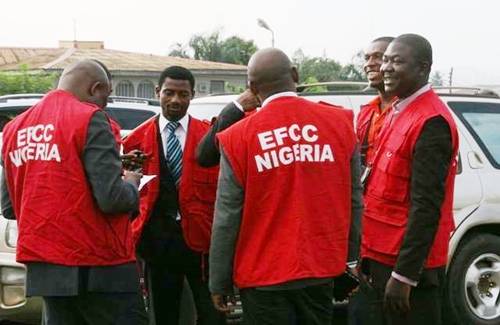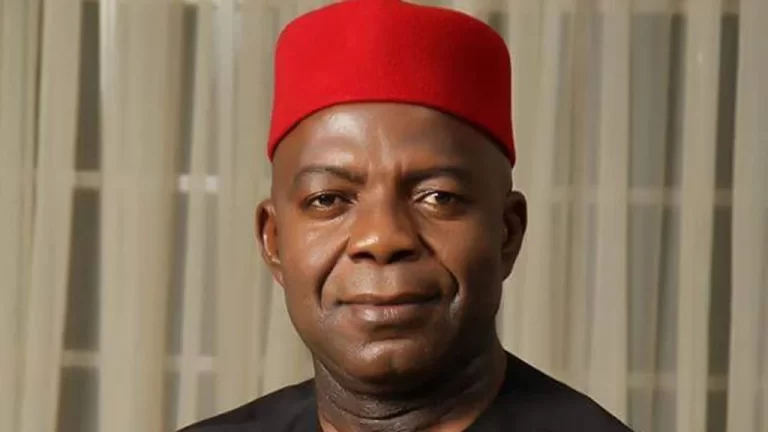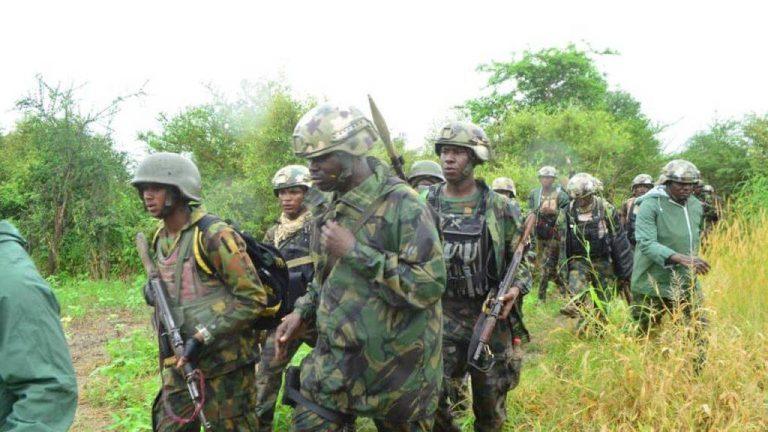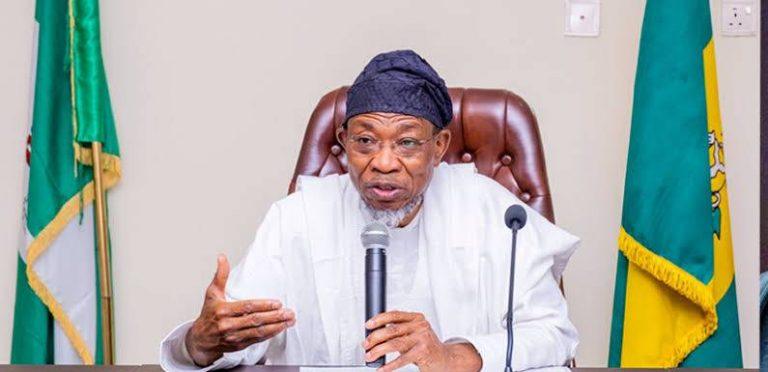Nepal unrest: 19 dead as youth protest social media shutdown, corruption
At least 19 people have died in Nepal following violent protests on Monday, marking the country’s worst unrest in decades.
The protests erupted in Kathmandu and other cities after the government blocked access to several social media platforms, including Facebook, fueling anger among young people.
Police in the capital fired tear gas and rubber bullets to control protesters who tried to storm the parliament complex.
Witnesses said some demonstrators, mostly students, broke through barricades, set fire to an ambulance, and hurled objects at riot police.
“The police have been firing indiscriminately,” a protester told ANI news agency. “They fired bullets which missed me but hit a friend who was standing behind me. He was hit in the hand.”
Police officer Shekhar Khanal said more than 100 people, including 28 officers, were receiving medical treatment for injuries sustained during the clashes, with protesters transporting the wounded to hospitals on motorcycles.
Youths protest corruption and social media ban
The unrest followed a government decision to shut down social media platforms, citing failure to register and prevent misuse such as spreading fake news and hate speech.
About 90% of Nepal’s 30 million people use the internet, making the ban a significant disruption.
Thousands of young people, many wearing school and college uniforms, marched through Kathmandu carrying flags and placards reading: “Shut down corruption and not social media,” “Unban social media,” and “Youths against corruption.”
Organizers have described the demonstrations as “protests by Gen Z”, reflecting deep frustration among young Nepalis over rampant corruption, nepotism, and limited economic opportunities.
“This is the protest by the new generation in Nepal,” another demonstrator told ANI.
Government response and resignations
The unrest prompted the resignation of Home Minister Ramesh Lekhak, who took “moral responsibility” for the violence.
Prime Minister K.P. Sharma Oli convened an emergency cabinet meeting to discuss the crisis.
Police deployed water cannons, batons, and rubber bullets, while the army reinforced security around the parliament area. Similar protests were reported in Biratnagar, Bharatpur, and Pokhara.
International human rights organization Human Rights Watch called on the government to recognize the protests as a reflection of widespread public frustration rather than a mere law-and-order issue, urging the use of nonviolent measures before resorting to force.
Historical and political context
Nepal has been politically unstable since the abolition of its 239-year-old monarchy in 2008, with 14 governments failing to complete a full term.
Prime Minister Oli, 73, was sworn in for his fourth term last year.
Critics say widespread corruption, ineffective job creation, and dissatisfaction with government appointments have fueled public anger.
Thousands of young Nepalis continue to migrate abroad for work and education amid limited local opportunities.
The social media ban comes as governments worldwide tighten oversight over digital platforms to curb misinformation, online harm, and protect national security.
While regulators argue such measures are necessary, critics warn they risk stifling free expression.
